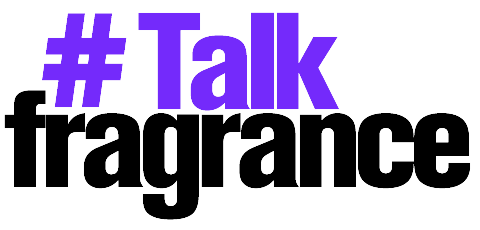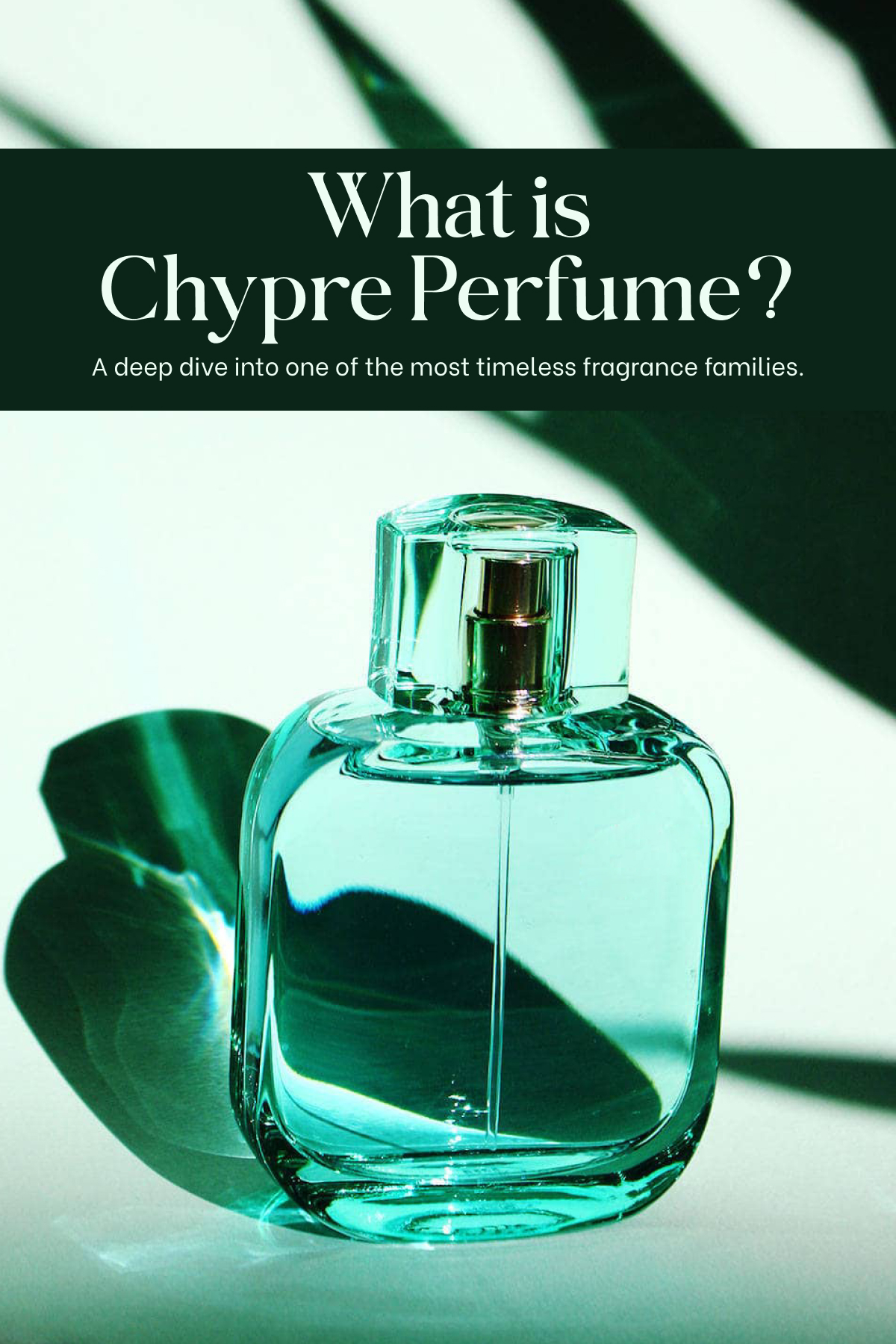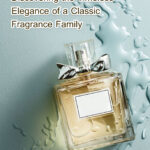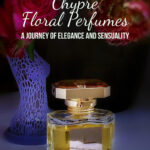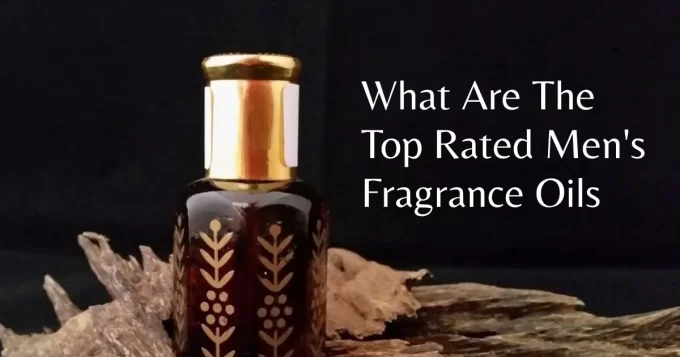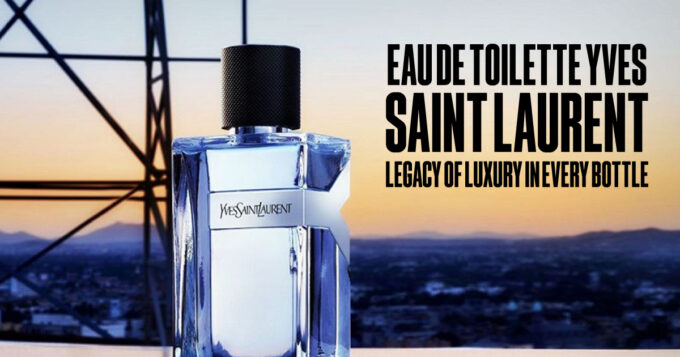When investigating the world of perfumes, you may come across the name “chypre,” a traditional smell family that has enthralled perfume lovers for years. But what precisely is chypre, and why is it so significant in the realm of perfume? This article will look at the history, composition, and attraction of chypre fragrances, explaining why this refined fragrance genre is still popular in both niche and mainstream perfumery.
Understanding the basics: What is Chypre Perfume?
Chypre (pronounced “sheep-ra”) is a perfumery fragrance family named after the Mediterranean island of Cyprus (“chypre” is French for Cyprus). Chypre perfumes are distinguished by their unique structure, which often combines three major olfactory elements: citrus top notes, floral or fruity heart notes, and a warm, earthy base dominated by oakmoss, labdanum, and patchouli.
This harmonic blend of fresh, floral, and earthy tones provides a distinct fragrance profile that is both elegant This harmonic blend of fresh, floral, and earthy tones provides a distinct fragrance profile that is both elegant and sophisticated, expertly balancing light and dark aspects. Chypre perfumes 2019 are generally described as woody, mossy, and somewhat spicy, indicating sophistication and longevity.
4o
History of Chypre Perfume.
The chypre scent family dates back to ancient times, when inhabitants in Cyprus and the Mediterranean region employed fragrant herbs, resins, and oils in their early perfumes. However, François Coty, a famed French perfumer, popularized the modern chypre scent when he introduced “Chypre de Coty” in 1917.
Coty’s invention was remarkable since it presented an entirely new way of arranging scents. While the aroma did not gain widespread popularity, it had a significant impact on perfumery. The original blend of citrus, floral, and earthy tones created the groundwork for what would become a whole scent family, inspiring endless variations by other perfumers.
Since then, chypre scents have remained a staple of great perfumery, growing through many trends and interpretations while preserving their traditional and timeless appeal.
The Key Ingredients of a Chypre Fragrance
The chypre family is known for its unusual structure and the interaction of important constituents, which make it so diverse and intriguing. Let’s look down the main characteristics that define a chypre perfume.
Citrus Top Notes.
A traditional chypre fragrance begins with bright citrus notes, typically bergamot. This bright, zesty start gives the fragrance a sensation of freshness, giving an uplifting opening that contrasts well with the darker, more complicated base notes.
Floral or Fruity Heart Notes
Floral or fruity notes are frequently found at the center of a chypre fragrance. Rose, jasmine, and ylang-ylang are common flowers in chypre perfumes, and fruity notes like peach or plum are utilized to warm and deepen the fragrance’s middle.
Earthy Base Notes
The actual trademark of a chypre perfume is its base notes, which are often oakmoss, labdanum (a resin with a sweet, leathery aroma), and patchouli. These earthy, mossy notes lend the smell a thick, grounded quality and the long-lasting depth that chypre perfumes are known for. Oriental chypre perfumes often enhance this composition by incorporating warm, spicy, and resinous notes, creating a more exotic and sensual fragrance profile.
These three layers follow the typical trend of a chypre fragrance, from fresh and light to warm and earthy, culminating in a rich and well-rounded aroma.
Different Types of Chypre Perfumes
While the basic chypre composition has stayed mostly constant, perfumers have incorporated new interpretations of the fragrance over time, resulting in different subcategories. Some of the most popular versions are:
Floral Chypre
Floral chypres highlight the fragrance’s heart with more strong floral notes like rose, jasmine, or lily of the valley. These scents are more romantic and gentle, but preserve the depth and complexity of the chypre basis.
Fruity Chypre.
Perfumers in fruity chypres incorporate bright, juicy notes such as peach, plum, or pear. These perfumes frequently feel more current and fun while maintaining the subtle earthy foundation of a classic chypre.
Woody Chypre
Woody chypres emphasize the fragrance’s woody, resinous characteristics, with cedarwood, sandalwood, and vetiver frequently seen in the base notes. These scents are typically more unisex or masculine in tone, with a deep, almost smokey character.
Green Chypre
Green chypres accentuate the fragrance’s natural, fresh qualities by integrating herbal or green notes such as galbanum, ivy, or pine. These perfumes convey a sense of nature and the outdoors, making them ideal for those who want fresh, crisp aromas.
Leather Chypre
Leather chypres blend the earthy, mossy aspects of conventional chypres with rich, animalic leather notes. These scents are frequently warm and sensual in nature, and they are popular for their bold, assertive character.
Why do people love Chypre perfumes?
The allure of chypre scents stems from their variety and refinement. They are ideal for those who appreciate perfumes that grow over time and provide a multi-layered experience. The combination of fresh, flowery, and earthy tones makes chypre scents suitable for a variety of occasions and seasons.
Chypre scents are also renowned for their longevity. Because of the deep, resinous base notes, they can stay for hours on the skin, making them suitable for those who enjoy long-lasting scents.
Additionally, chypre scents exude an air of refinement and timelessness. Many famous and high-end fragrances, including Guerlain’s Mitsouko and Chanel’s Pour Monsieur, belong to the chypre family, which adds to their attractiveness and distinction.
Popular Chypre Perfumes to Know About
If you’re interested in the concept of chypre fragrances, here are a few iconic examples worth exploring:
Chypre de Coty (1917).
Chypre de Coty, the original product that started it all, may no longer be available, but it paved the path for innumerable other fragrances and is still considered a milestone in scent history.
Mitsouko by Guerlain (1919).
This iconic scent is widely recognized as one of the best specimens in the chypre family. Mitsouko mixes peach, rose, and oakmoss to produce a beautiful and unique fragrance.
Chanel Cristalle (1974).
Chanel Cristalle is an excellent example of a fresh chypre, combining zesty citrus notes with a refined floral heart and earthy base, making it a timeless choice for individuals who want light, elegant perfumes.
Miss Dior, Original (1947)
Miss Dior is a timeless chypre scent with a floral heart and a thick, earthy base of oakmoss and patchouli. It’s an excellent pick for folks who want retro glamor.
Conclusion
Chypre perfumes are unique in the perfume industry due to their complexity, depth, and timeless beauty. Whether you’re drawn to their crisp citrus beginnings, romantic floral hearts, or thick, mossy bases, chypre fragrances provide an experience that develops on the skin and lasts hours.
If you’re new to the world of chypre, now is the time to explore this classic scent family and choose the one that suits your own taste. With its long history and diverse aroma profile, chypre is certain to enchant fragrance connoisseurs for many more decades.
